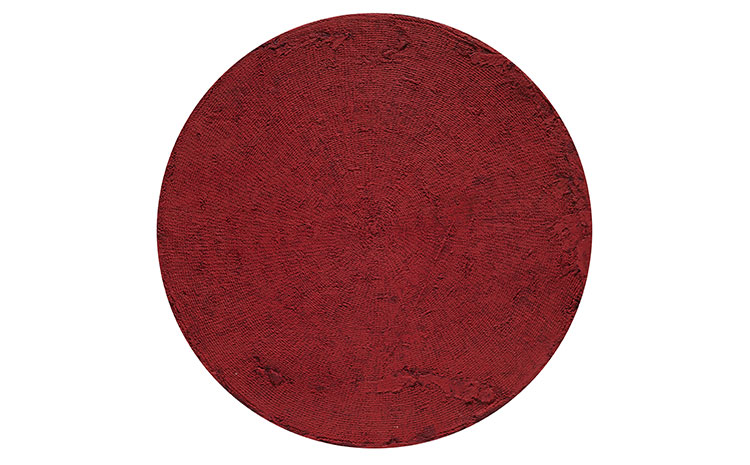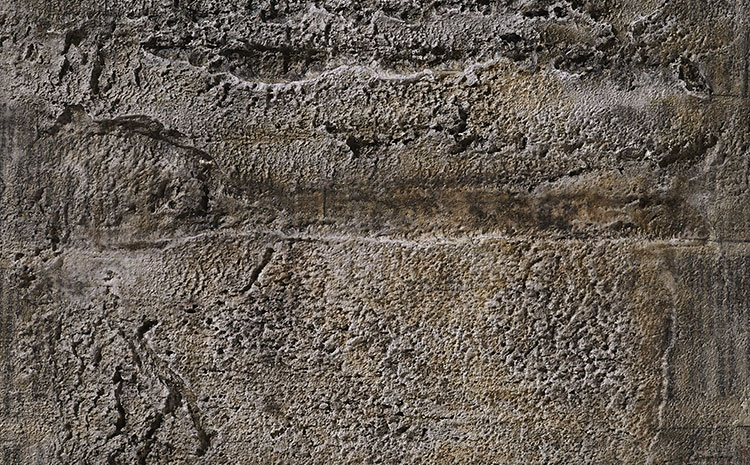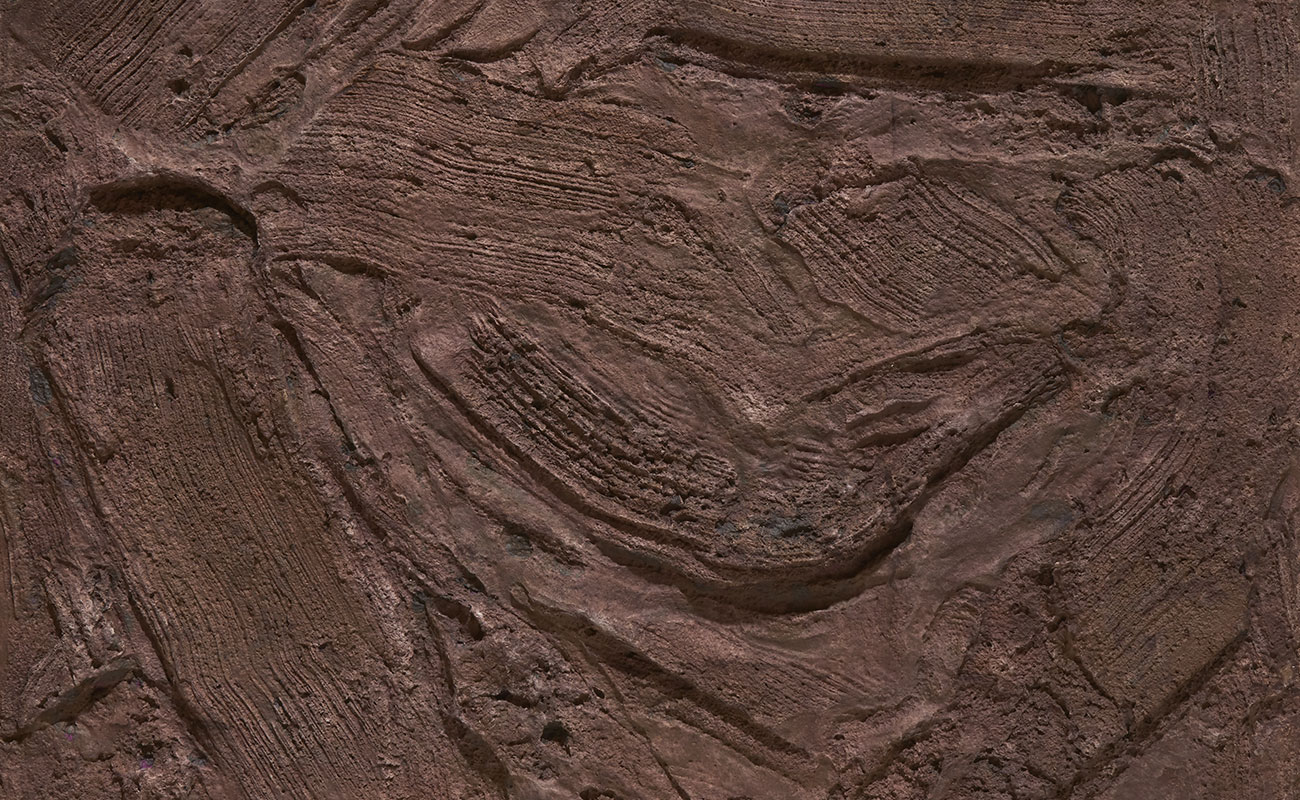I am dedicated to modernizing Korean character by using the traditional objects found in farm villages, such as traditional window frames and straw mats, as a symbolism of the harmonization and collision between the eastern and western world, and expressing the unique and powerful properties of Hanji.
A Master Hanji Papermaker and Cultural Preserver
Chul Park is a highly respected and accomplished Korean artist with a long-standing dedication to the traditional art form of Hanji papermaking. With his studio based in the picturesque town of Gwangju, located in the Gyeonggido province just a short drive from the bustling capital city of Seoul, Park has spent over four decades honing his skills in this medium.
His work with Hanji paper is characterized by a focus on detail and precision, as he masterfully manipulates the delicate, fibrous sheets to create intricate and beautifully crafted pieces. From delicate paper lanterns to elaborate sculptures and installations, Park’s work is a testament to the enduring cultural significance of Hanji paper and the rich artistic traditions of Korea.
In addition to his artistic pursuits, Park is also deeply committed to preserving and promoting the art of Hanji papermaking, both within Korea and on a global scale. Through his teaching and mentorship, he has helped to pass on his knowledge and skills to the next generation of artists, ensuring that this important aspect of Korean culture continues to thrive and evolve.

The Intersection of Tradition and Modernization
Chul Park is an artist whose work explores the complex relationship between tradition and modernization, particularly as it pertains to the intersections of Eastern and Western culture. He often incorporates traditional objects from farm villages, such as window frames, straw mats, wooden rice cake molds, and violins, as symbols of the ongoing process of westernization and the ongoing negotiation between these two distinct cultural spheres.
In his more recent work, Park has focused on the theme of renewal and the rugged labor of farming, using the unique properties of Hanji, a type of traditional Korean paper made from the inner bark of the paper mulberry tree, to convey the rough and physical nature of this work. Through his use of Hanji and other traditional materials, Park seeks to honor and celebrate the enduring traditions of farming communities while also exploring the ways in which they are being transformed by the forces of modernization.

Tradition and Modernity in Korean Art
As a student at university, Chul Park was deeply influenced by a group of pioneering Korean artists including Park Sookeun, Nam Kwan, Choi Young lim, Moon Hak Jin, and Byun Jong Ha, who were known for their ability to showcase the versatility and aesthetics of Korean art. These artists served as a major influence on Park’s career and art, inspiring him to explore and celebrate the rich cultural heritage of his home country.
Early in his career, Park used a variety of unconventional materials, such as objects found in Korean farm villages and violins, to symbolize the westernization of his country. He employed casting techniques and natural eco-friendly dyes to create thought-provoking works that explored the intersection of tradition and modernity.
However, in more recent years, Park has shifted his focus towards abstractly expressing the unique properties of Hanji, a traditional Korean paper made from the inner bark of the paper mulberry tree. Through his use of this ancient material, he hopes to showcase its power and versatility, while also paying tribute to the cultural traditions of his homeland.

The Creative Potential of Korean Hanji Paper through Artistic Practice
Chul Park’s current artistic practice involves the creation of a series of violins that are intricately crafted using the traditional Korean paper, Hanji. Through his use of this material, Park aims to explore and express the unique qualities of Hanji, including its creativity, strength, and durability. In addition to his violin-making, Park is also engaged in a project centered on the revitalization of soil through the use of Hanji. This work highlights the transformative power of this material and its potential to bring new life to degraded land.
As an artist, Park is deeply committed to the idea that the material used in a work of art is an integral part of its meaning and impact. He believes that modern artists must be skilled in working with a range of materials and techniques in order to fully realize their creative vision. In this vein, Park has developed a philosophy of “modern mouldability,” which emphasizes the importance of mastering the mouldability of materials in order to create truly innovative and expressive works of art.
In the future, Park plans to continue exploring the possibilities of Hanji in his art, with the goal of bringing his unique formative work to the attention of audiences around the world. He hopes to exhibit his work in distinguished museums and galleries, where it can be appreciated by a broad audience and inspire further interest in the transformative power of Hanji and other materials.






